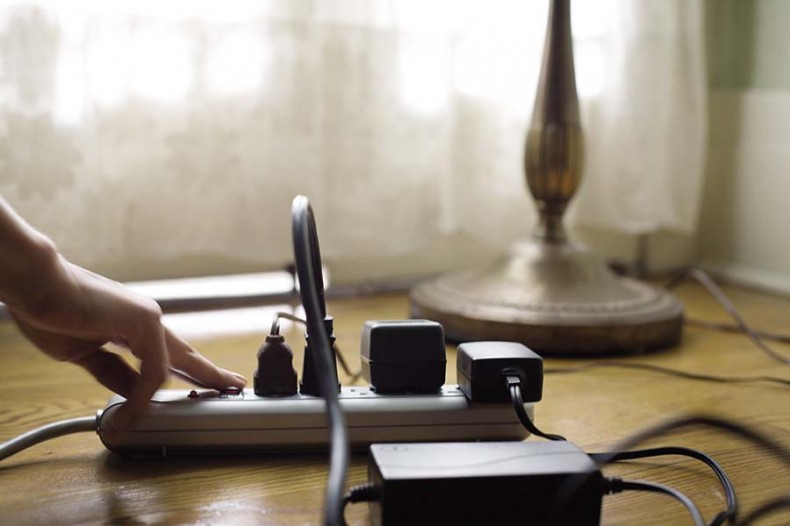Taking charge of electronics
By Hannah McKenzie

Q: I have a lot of electronics in my home. How do I make sure I’m using as little energy as possible with so many devices plugged in around the house?
A: There is an overwhelming abundance of electronics available these days, and research shows that many of us have more than 24 electronic devices plugged in at any given time. All of these gadgets account for about 12 percent of a home’s total energy use, which can be more electricity consumption than one Energy Star refrigerator.
There are three key actions to cut down on electricity use from home electronics: turn items off, use Energy Star products, and minimize the number of electronics in your home.
Turn it off
Just like turning off a light when you leave a room, make it a habit to turn off the television, computer or power strips. The average U.S. household has three or more televisions and many of us are guilty of leaving a television on for background noise or for Fluffy the cat. Turning off the television when it is not being watched may save $60 to $120 per year!
Likewise, turning off a computer instead of using a screen saver may save $40 to $120 per year. Make it easy by setting your computer to enter a low-power sleep mode when the computer is inactive. See energystar.gov/sleepinstructions for more information. Be aware that many popular computer games will not allow the computer to go to sleep — even if the game is paused.
If you walk around your home in the dark, you’ll notice little lights shining on your television, coffee maker and other electronics. These lights indicate that electricity is being used while electronics are in standby mode. Most electronics, including battery chargers, draw between one and 14 watts in standby mode. One watt for one year costs around $1, which doesn’t seem like a lot until you consider the 20-plus electronic devices also drawing one watt or more. Flipping the “off” switch on a power strip can make cutting power to these electronics a breeze. Make it a habit so you don’t miss this energy savings.
Choose Energy Star
Energy Star-certified electronics use drastically less energy than standard models when turned on and in standby mode.
Compared to standard models, Energy Star-certified products offer the following savings:
- Televisions use at least 40 percent less electricity. With households buying bigger, brighter and more televisions than ever before, buying Energy Star products is a huge opportunity to save.
- Computers use 30 percent to 65 percent less energy, depending on usage and settings.
- Set-top boxes, such as DVRs, are on average 35 percent more efficient. Standard DVRs cost nearly $50 per year to operate in standby mode. Contact your cable or satellite service provider about providing you with an Energy Star-certified set-top box.
- Audio/video equipment, such as Blu-Ray players, are up to 50 percent more efficient.
Minimize
Downsizing the number of electronics in your home can be a terrific tactic for reducing electricity consumption. For example, consider having only one television or entertainment system in your home. The amount of money that you save on electricity may grant you enough savings for a bigger or better family television. With a healthy attitude, making dramatic changes can be an exciting adventure.
Taking charge of electronics’ energy consumption may show measurable savings if you habitually turn off electronics, choose Energy Star products and eliminate electronics. So much of what we can do to save electricity and reduce our consumption of natural resources is good for our wallets and good for our minds
-
Share this story:



